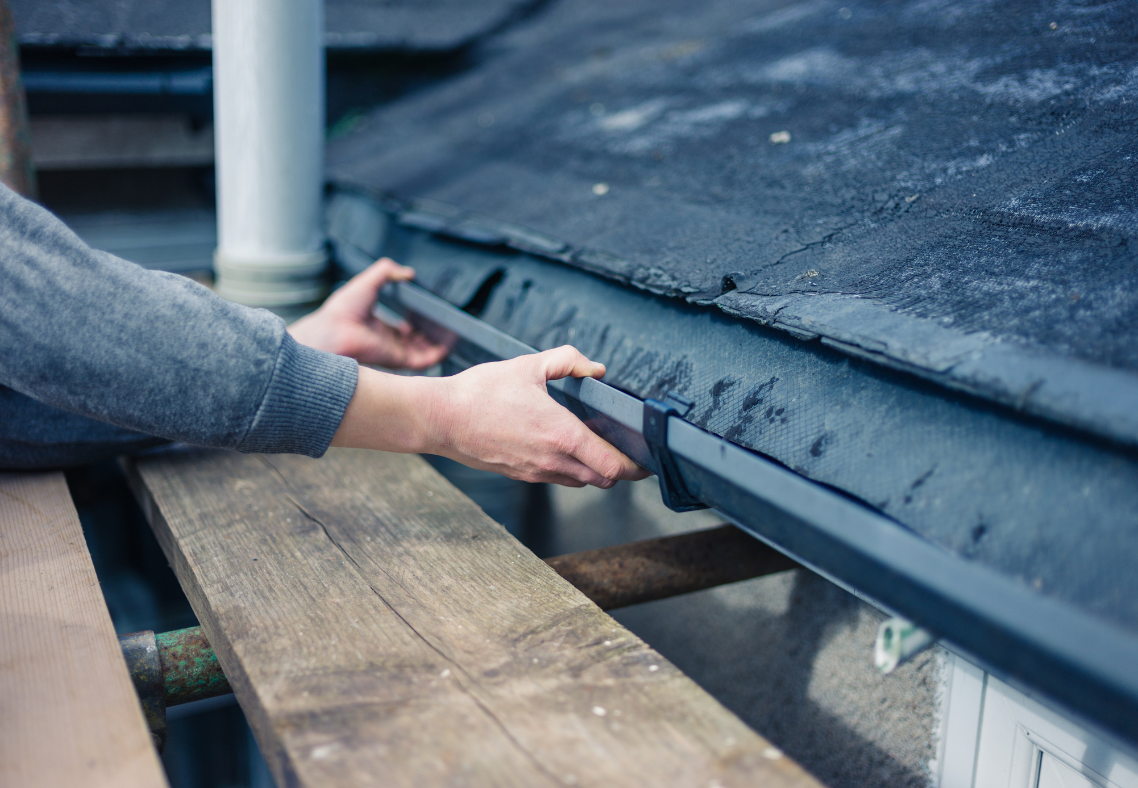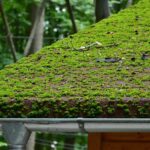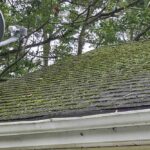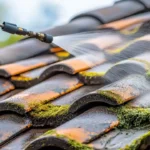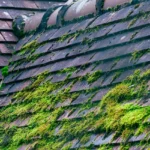When it comes to protecting your home, effective roof drainage is a crucial component. The combination of roof drainage and rain barrel systems can offer an eco-friendly solution to managing runoff water. By implementing these systems, homeowners can not only safeguard their property but also contribute positively to the environment.
Understanding the importance of roof drainage and rain barrel systems is essential for homeowners looking to maintain their homes efficiently. Having these systems in place can prevent water accumulation and potential damage to the house structure, all while conserving water for later use.

Why Roof Drainage is Important
The primary purpose of roof drainage is to channel rainwater away from your home efficiently. Without a proper system, water can accumulate on your roof, leading to leaks, mold, and structural damage. A well-designed drainage system ensures that rainwater is directed away from the foundation, safeguarding the integrity of your home.
For more information on how roof drainage prevents mold, visit this guide.
Components of Roof Drainage Systems
Roof drainage systems typically consist of several key components, including gutters, downspouts, and drains. Each part plays a vital role in directing water away from your roof and home. Proper maintenance of these components is crucial to ensure their functionality.
Discover more about these components in our detailed overview.
Gutters and Downspouts
The gutters are responsible for catching rainwater as it flows off the roof. They are installed along the edges of the roof and are connected to downspouts, which carry the water down to the ground level. Ensuring that your gutters and downspouts are clean and in good condition is essential for optimal water flow.
Drains and Scuppers
For homes with flat roofs, drains and scuppers are used to manage water runoff. Drains are installed at the lowest points of a flat roof to allow water to exit, while scuppers are openings in the parapet walls to let water flow off the roof. Regular inspection and maintenance of these elements are crucial to prevent blockages and water damage.
The Role of Rain Barrel Systems
Rain barrel systems are a sustainable way to harvest rainwater. By collecting and storing water from your roof, you can use it for various purposes, such as gardening and irrigation. This not only helps in conserving water but also reduces your water bill.
Learn more about managing roof runoff water with these tips.
Setting Up a Rain Barrel System
Setting up a rain barrel system is relatively simple. Position the barrel under a downspout to collect water efficiently. Ensure that the barrel has a secure lid to prevent debris and pests from entering. Regularly check for leaks and clean the barrel to maintain water quality.
Benefits of Rain Water Harvesting
Utilizing a rain barrel system comes with numerous benefits. It promotes water conservation, reduces stormwater runoff, and provides a free source of water for non-potable uses. In regions with water restrictions, having a rain barrel can be particularly advantageous.
Maintaining Your Roof Drainage System
Regular maintenance of your roof drainage system is essential to ensure it functions effectively. This includes cleaning gutters, inspecting downspouts, and checking for any signs of damage or blockage.
For a comprehensive checklist on maintaining your system, explore our maintenance checklist.
Preventing Clogs and Blockages
One of the most common issues with roof drainage is clogs. Leaves, twigs, and debris can accumulate in gutters and downspouts, leading to blockages. Regular cleaning, especially during the fall season, can help prevent these issues.
Inspection and Repair
Regular inspections are necessary to identify any potential problems early. Look for signs of rust, cracks, or sagging in your gutters and downspouts. Prompt repairs can prevent minor issues from becoming major problems.

FAQs
What is the best material for gutters?
Aluminum is a popular choice due to its durability, lightweight nature, and resistance to rust.
How often should I clean my gutters?
It is recommended to clean your gutters at least twice a year, preferably in spring and fall.
Can I use rainwater from barrels for drinking?
Rainwater from barrels is best used for non-potable purposes, such as watering plants, unless properly filtered and treated.
To further understand the significance of a reliable roof drainage system, you can visit this external resource.
This article contains affiliate links. We may earn a commission at no extra cost to you.



